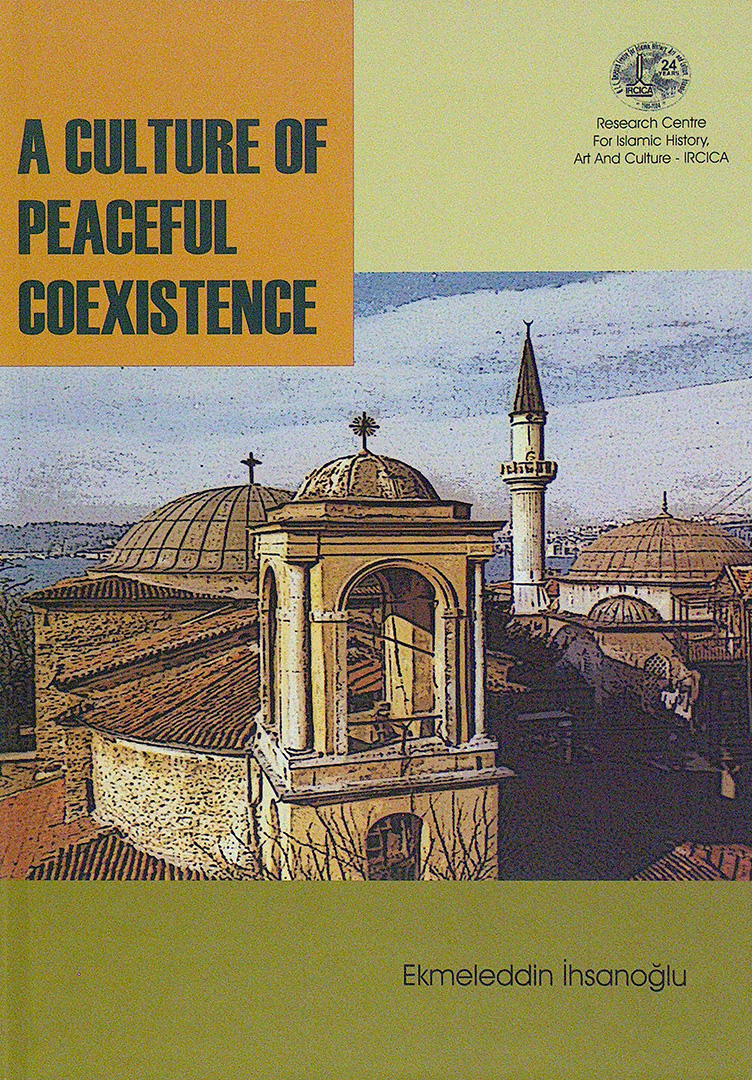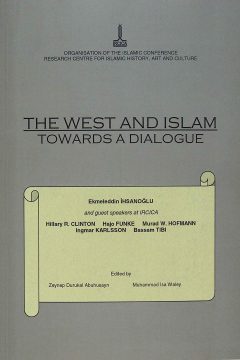This publication focuses on the Islamic culture of peaceful coexistence with focuses on the history of the Islamic world, particularly the Ottoman period. In the introductory chapter, the author deals with the conceptual framework and the philosophy behind religious-cultural pluralism in the Islamic tradition. The following chapter demonstrates the tolerant attitude of Islam towards Jews and Christians (Ahl al-Kitab) and other belief communities such as Zoroastrians, Hindus, Buddhists, etc. based on examples, including the Medina Constitution promulgated by the Prophet Mohammedsaw. This is followed by examples of pluralism during the period of the four caliphs and the views of the main schools of Islamic jurisprudence on the subject. The following chapters deal with subjects such as the responsibilities of non-Muslims (the payment of the jizyah, kharaj and trade tax as financial obligations); a discussion of the millet system and its application in different periods of Ottoman rule through examples; the developments that occurred after the declaration of the Imperial Rescript of Tanzimat in 1839, and the evolution of the rights of non-Muslims. The last chapter of the work gives three cases of religious-cultural pluralism and peaceful coexistence from Istanbul: the Darülaceze (shelter for the poor) Complex, and the Kuzguncuk and Ortaköy districts where religious buildings of peoples of different faiths stand next to each other. The publication has a total of 26 colored and black and white illustrations.
HomePublicationsIntercultural RelationsA Culture of Peaceful Coexistence: Early Islamic and Ottoman Turkish Examples
Related Publications
Close









